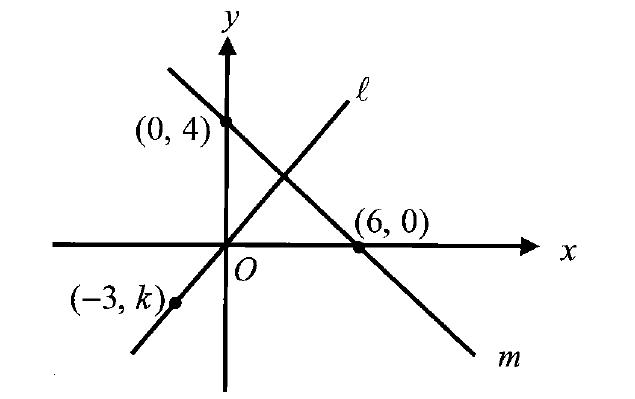COMPARING RATIOS
You can follow the steps given below to compare two ratios.
Step 1 :
Write the given two ratios as fractions.
Step 2 :
Find the least common multiple of the denominators of both the fractions (if the denominators are not same).
Step 3 :
Make the denominators of both the fractions same as the value of least common multiple found in step 1 using multiplication.
Step 4 :
After getting same denominator for both the fractions, compare the numerators and decide which fraction is greater.
The fraction which has larger numerator is greater in value.
Example 1 :
Compare 5 : 7 and 3 : 7.
Solution :
Write the given ratios as fractions.
5 : 7 = 5/7
3 : 7 = 3/7
The fractions 5/7 and 3/7 have the same denominator '7'.
Compare the numerators.
5 > 7
Then,
5/7 > 3/7
5 : 7 > 3 : 7
So, 5 : 7 is greater than 3 : 7.
Example 2 :
Compare 3 : 5 and 4 : 7.
Solution :
Write the given ratios as fractions.
3 : 5 = 3/5
4 : 7 = 4/7
The least common multiple of the denominators 5 and 7 is 35.
Make the denominators of the fractions as 35 using multiplication.
3/5 = (3 ⋅ 7) / (5 ⋅ 7) = 21/35
4/7 = (3 ⋅ 5) / (7 ⋅ 5) = 20/35
Compare the numerators.
21 > 20
Then,
21/35 > 20/35
3 : 5 > 4 : 7
So, 3 : 5 is greater than 4 : 7.
Example 3 :
Compare 5 : 12 and 7 : 18.
Solution :
Write the given ratios as fractions.
5 : 12 = 5/12
7 : 18 = 7/18
The least common multiple of the denominators 12 and 18 is 36.
Make the denominators of the fractions as 36 using multiplication.
5/12 = (5 ⋅ 3) / (12 ⋅ 3) = 15/36
7/18 = (7 ⋅ 2) / (18 ⋅ 2) = 14/36
Compare the numerators.
15 < 14
Then,
15/36 < 14/36
5 : 12 < 7 : 18
So, 5 : 12 is less than 7 : 18.
Example 4 :
Compare 2⅓ : 3⅓ and 3.6 : 4.8.
Solution :
Write the given ratios as fractions.
2⅓ : 3⅓ = 7/3 : 10/3
2⅓ : 3⅓ = (7/3) ⋅ 3 : (10/3) ⋅ 3
2⅓ : 3⅓ = 7 : 10
2⅓ : 3⅓ = 7/10
3.6 : 4.8 = 3.6/4.8
3.6 : 4.8 = (3.6 ⋅ 10) / (4.8 ⋅ 10)
3.6 : 4.8 = 36 / 48
3.6 : 4.8 = 3/4
The least common multiple of the denominators 10 and 4 is 20.
Make the denominators of the fractions as 20 using multiplication.
7/10 = (7 ⋅ 2) / (10 ⋅ 2) = 14/20
3/4 = (3 ⋅ 5) / (4 ⋅ 5) = 15/20
Compare the numerators.
14 < 15
Then,
14/20 < 15/20
2 ⅓ : 3 ⅓ < 3.6 : 4.8
So, 2⅓ : 3⅓ is less than 3.6 : 4.8.
Kindly mail your feedback to v4formath@gmail.com
We always appreciate your feedback.
©All rights reserved. onlinemath4all.com
Recent Articles
-
Pascal Triangle and Binomial Expansion
Feb 01, 25 10:12 AM
Pascal Triangle and Binomial Expansion - Concept - Examples -
SAT Math Resources (Videos, Concepts, Worksheets and More)
Feb 01, 25 06:26 AM
SAT Math Resources (Videos, Concepts, Worksheets and More) -
Digital SAT Math Problems and Solutions (Part - 106)
Feb 01, 25 06:23 AM
Digital SAT Math Problems and Solutions (Part - 106)

